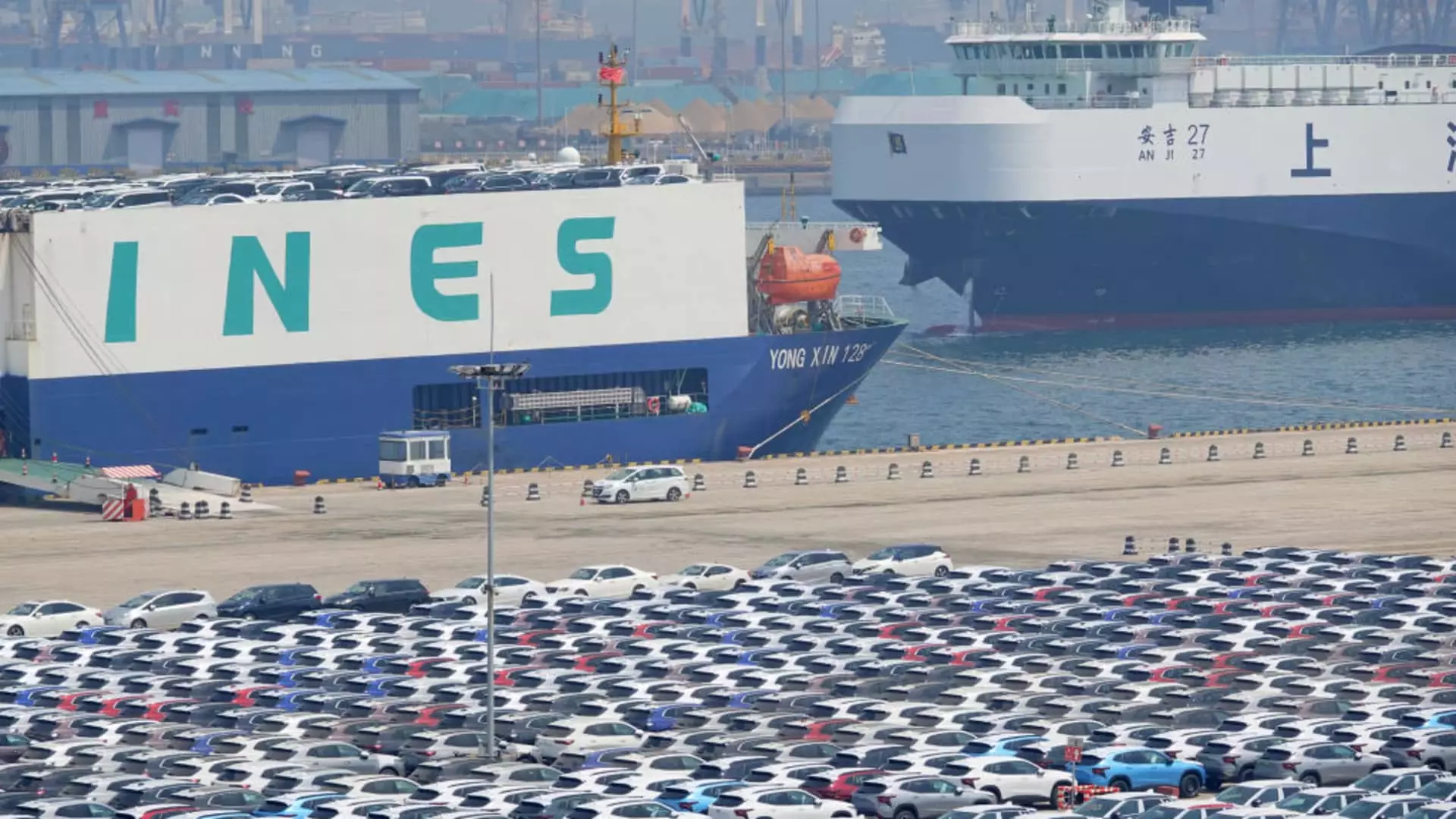China’s National Bureau of Statistics recently released data indicating that the country’s second-quarter GDP grew by 4.7% year on year, falling short of the anticipated 5.1% growth. This unexpected decrease has led to concerns about the overall trajectory of China’s economy in 2024. Additionally, June retail sales figures failed to meet expectations, with only a 2% increase compared to the predicted 3.3% growth. The slower-than-expected growth in GDP and retail sales has raised questions about the factors contributing to this downturn.
According to Oxford Economics Lead Economist Louise Loo, discretionary retail spending experienced a significant decline, possibly as a result of the restrictions imposed due to the Shanghai lockdowns in April 2022. Despite the faltering retail sector, industrial production saw a positive trend in June, surpassing estimates with a growth rate of 5.3%. Furthermore, high-tech manufacturing witnessed an 8.8% increase in value added during the same period. However, the discrepancy between retail spending and industrial production raises concerns about the overall balance of China’s economic landscape.
Urban fixed asset investment rose by 3.9% in the first half of the year, in line with expectations. However, investment in infrastructure and manufacturing exhibited a slow growth rate in June compared to the previous month. Real estate investment declined at a significant rate of 10.1%, indicating a potential weakening of the housing market. This decline in real estate investment is a cause for concern, as it has a substantial impact on overall economic growth and consumer confidence.
China’s urban unemployment rate remained stagnant at 5% in June, with the youth unemployment rate reaching 14.2% in May. The disparity in job opportunities and income growth between urban and rural areas is evident, with rural disposable income growing at a higher rate but still significantly lower than that of urban residents. The stagnation in employment rates and income growth highlights the structural challenges present in China’s economy that need to be addressed for sustainable development.
China’s high-level policy meeting, the Third Plenum, aims to address the economic challenges faced by the country and boost confidence among investors and consumers. The government acknowledges the need to invigorate the market and stimulate internal economic impetus for sustained growth. However, achieving the target of around 5% GDP growth for the year remains a significant challenge, given the slower growth rate recorded in the first half of 2024. Increased fiscal support and monetary easing may be necessary to stimulate economic recovery and achieve more robust growth in the coming months.
China’s exports have remained resilient, outperforming initial expectations with an 8.6% increase year on year. However, uncertainties persist due to trade tensions and global economic dynamics. Imports fell by 2.3% in June, signaling potential challenges for domestic consumption and economic balance. The future trajectory of China’s economy will be influenced by its ability to navigate external pressures and leverage its export capabilities for sustainable growth.
China’s economic performance in the first half of 2024 reflects a mixed picture of growth and challenges. While industrial production has shown resilience, retail spending, real estate investment, and employment rates present areas of concern. Policy responses and structural reforms will be crucial in addressing these challenges and fostering long-term sustainable development. As China navigates the complexities of global trade dynamics and domestic economic restructuring, strategic interventions will be essential to ensure a stable and prosperous economic future.

